After the devastation of 1944, the Museum of Transport staff immediately set out to rescue and reorganise the institution. However, even though the damage was not fatal, recovery was delayed. Museologists were anxious to try to preserve, rescue, repair the stock of artefacts – which was damaged during and transported to various locations after the war – and return them into a state in which they could be exhibited. As the institution belonged to MÁV at that time, the railway company started the building's partial restoration: offices and other premises were created in the ruined building.
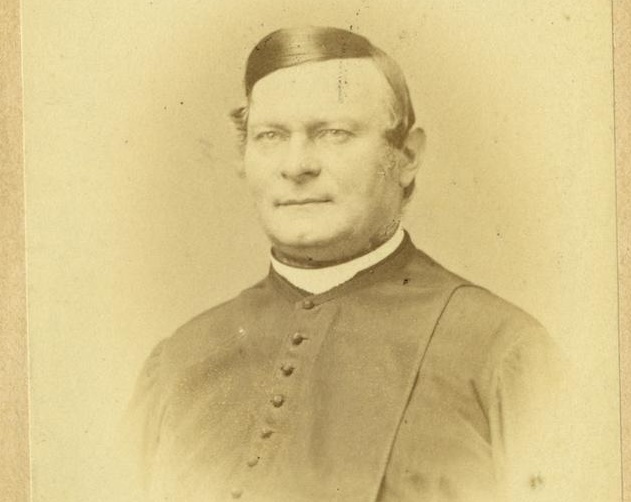
The dome, demolished in 1954, before the war (Photo: FSZEK Budapest Collection)
However, the Socialist City Council decided to demolish the building in 1954, when a new museum was planned in Lágymányos. The demolition began in 1954, and the 67-meter-high dome was completely torn down. At the time, the CEO of MÁV recommended that the semi-destroyed building remain and that the new Museum of Transport be established in the remaining parts. The restoration of the building began with minimal financial backing and was planned to be completed by 1957. However, as history intervened, it was postponed by the 1956 revolution and the period that followed. Meanwhile, with the support of the National Scientific Association for Transportation, the staff of the museum organised a somewhat provocative exhibition in 1959 entitled “For the Museum of Transport” in the ruined building, which attracted the attention of the public.
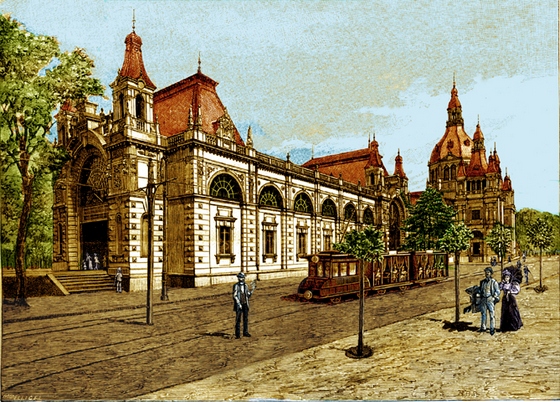
The original building of the Museum of Transport in a coloured drawing (Source: MMKM)
Balázs Mészáros – the son of Vince Mészáros, who headed the museum at the time, and later became the chief museologist – wrote the following in his article, titled The History of the Museum of Transport and The Life of Its Leaders Between 1896–1996, published in the 10th Yearbook of the Museum of Transport:
“As early as January 1960, the Ministry made 7 million HUF available and appointed the Budapest Building Construction Authority of MÁV to continue the work. From that date, the construction continued for five years, albeit at varying pace, with few conflicts along the way, but without interruption, until it was completed.”
The construction and design of the new exhibition were completed by 1966. The new museum differed from the old one in many ways. The dome and the decorations were missing, but the “Hosszcsarnok” received a gallery, the building had heating, there were workshops (before 1944, neither heating nor permanent professional staff worked in the museum), and not only objects but also an archive and library were created. It established a place for real research.
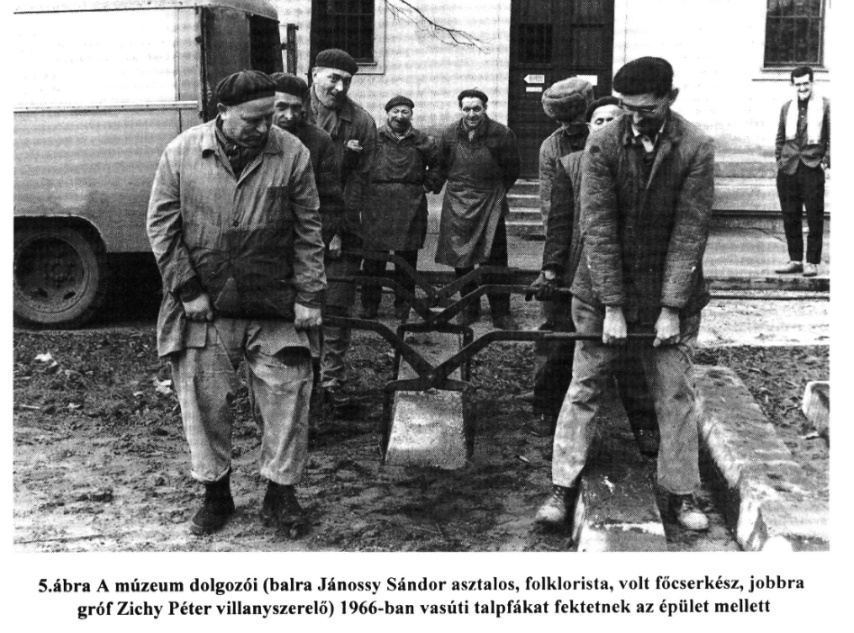
The museum under construction (Photo: Balázs Mészáros/The History of the Museum of Transport and The Life of Its Leaders Between 1896–1996 - The Yearbook of the Museum of Transport 10)
Of course, the renovation was implemented according to the practice of the 1960s. The windows were uninsulated, cooling and ventilation were unsolved, the museologists' workshops often reached 35–40 degrees (Celsius) in the summer (based on the personal experiences of the article's author).
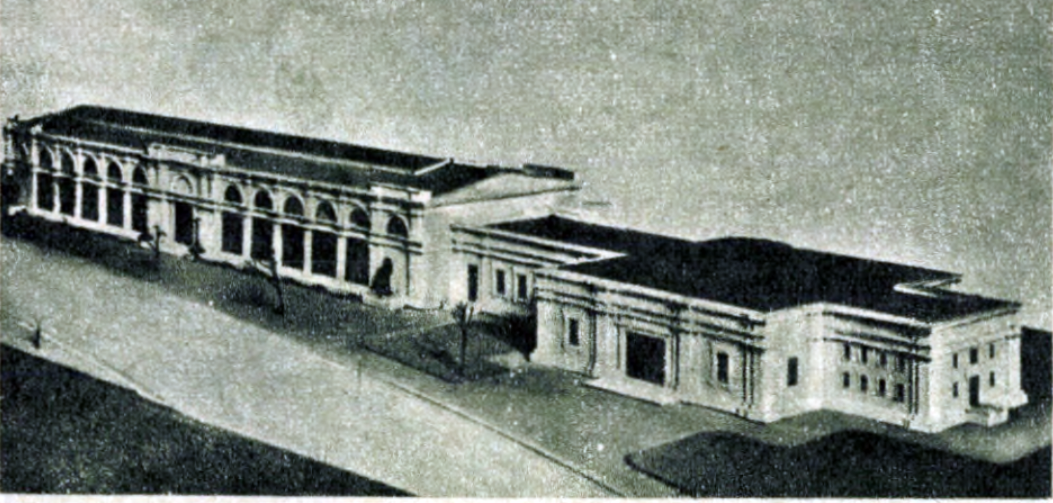
A model of the museum's "new" building in the 21 March 1966 issue of Autó-Motor
The opening attracted great interest. In Magyar Nemzet, the then Minister of Transportation, György Csanádi, wrote on 3 April 1966:
“Opening the gates of the rebuilt Museum of Transport is a joyous holiday for us because we can welcome the embodiment of the culture of our profession in it. However, the significance of the Museum of Transport cannot be measured by the needs of a single profession. Our capital and the country's population, both elderly and young, have been given a long-missing facility, which, although through the theme of transportation, is designed to develop our entire technical culture.
Today, it is cliché to talk about how essential transport is and how important it is to the national economy. After the devastation of World War II, to which the Museum of Transport, among others, fell victim, the lack of transport made its indispensability painfully real.”
The grand opening took place on Saturday, 2 April 1966, and the public could visit the museum from Sunday, 3 April 1966, between 11 AM and 7 PM.
The Hungarian Post Office issued a special stamp for the event. Visitors could admire old cars on display, 1:5 locomotive models (which are so accurate that they can be used to rebuild a locomotive completely), railway vehicles and much more.
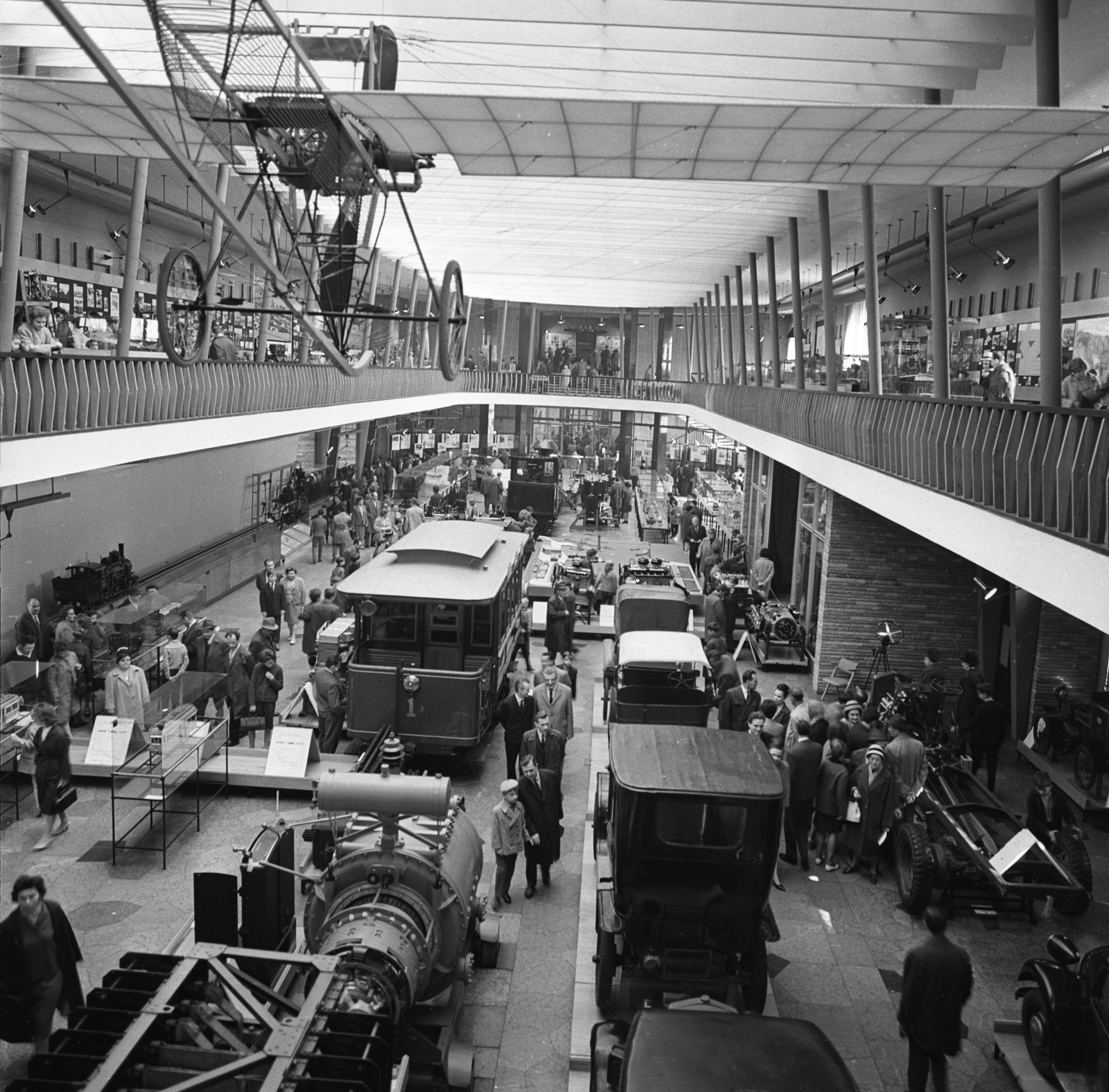
The exhibition of the museum in 1966 (Photo: Fortepan/Magyar Rendőr)
In line with the museum's opening, the second international conference of transport museologists was held in Budapest – delegates from 6 countries attended.
Béla Czére, the director-general of the museum at the opening, wrote about the exhibition of the old-new museum in the 11th issue of the Közlekedéstudományi Szemle in 1966:
“The reality that had to be taken into account was the size and architectural layout of the available exhibition space. The new building, designed to use the features of the old museum building, consists of 4 main parts, of which the “factory” wing with the smallest floor area cannot be considered for exhibition purposes. The 625 square metre dome hall and the gallery's longitudinal hall with a total area of 2162 square metre are suitable for accommodating a separate exhibition unit, while the lecture hall – which together with the lobby is 215 square metre – can be used for smaller exhibitions occasionally. In this way, the total exhibition area is 3002 square metres (200 square metres larger than the old Museum's), which means that only a part of the Museum's collection can be presented at once with alternating themes.”
These restrictions lasted until the end of the museum's operation here, even though in 1985 the museum received the upper floor of the Petőfi Hall and in 1987, a new wing was added to the building. By the 2010s, the building itself was “tired”, and it became increasingly difficult to operate. For example, accessibility was only partially achievable. The old Museum of Transport was finally closed in 2015, and then the building was demolished.
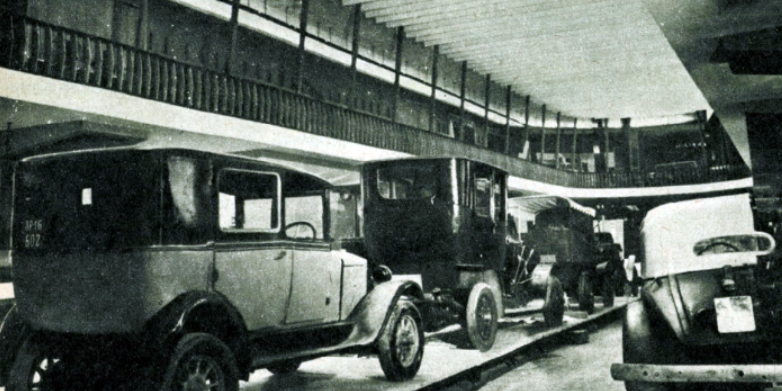
The interior of the museum (Autó-Motor, 21 March 1966)
The new, much larger Museum of Transport is currently under construction. It will open in a new location in the Diesel Hall of the Északi Járműjavító ('northern locomotive workshop'), with an exhibition that will elevate the institution to be one of the world's leading Museums of Transport.
Cover photo: The old building of the Museum of Transport in the 2000s (Photo: MMKM)

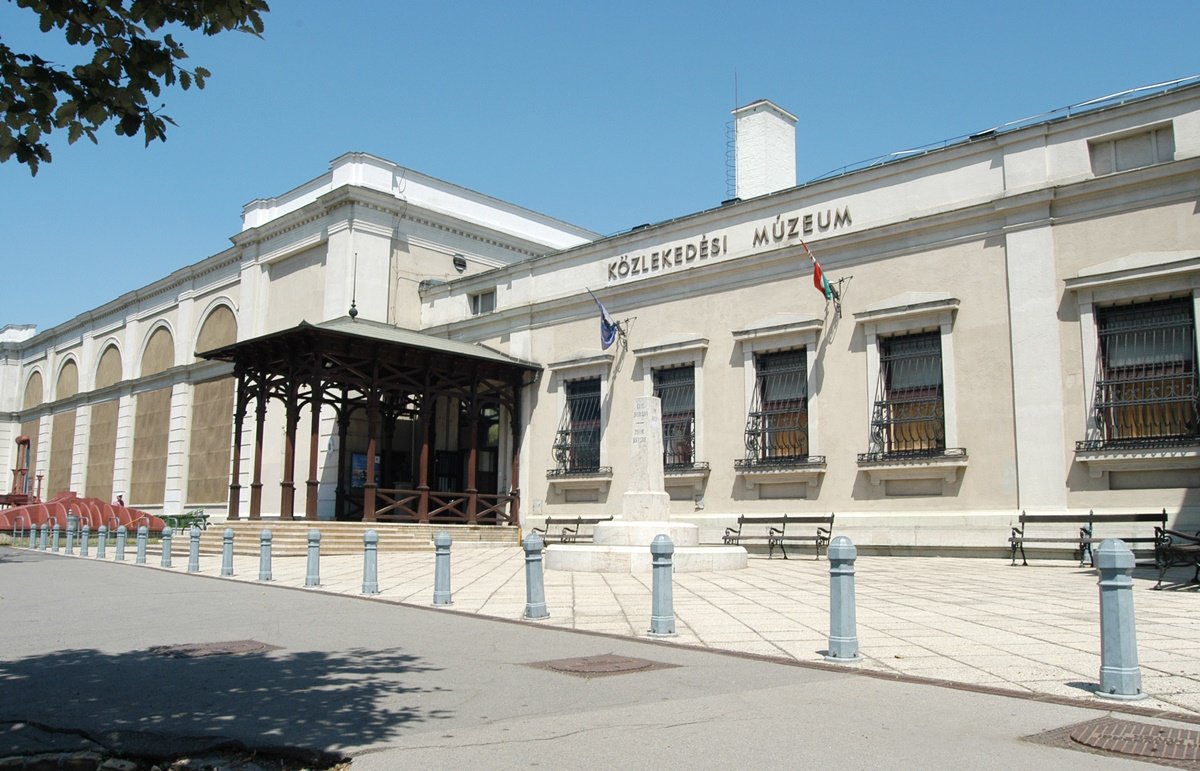

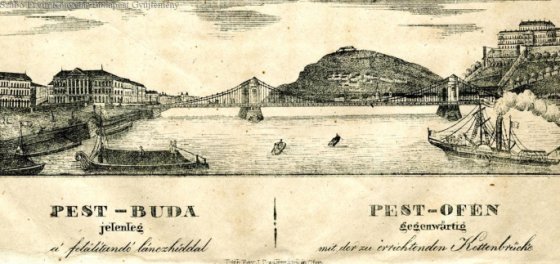
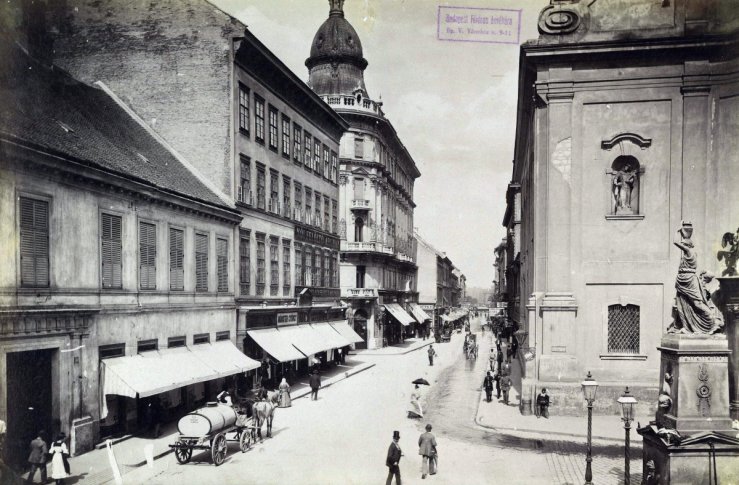
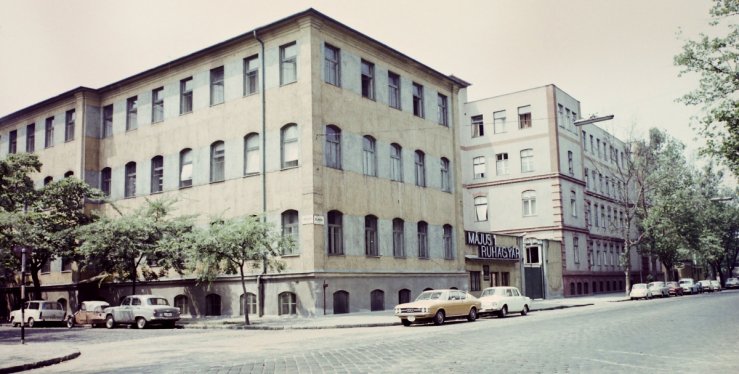

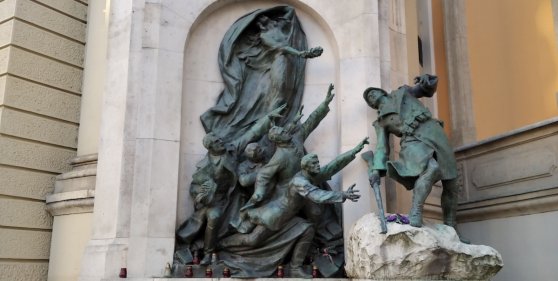
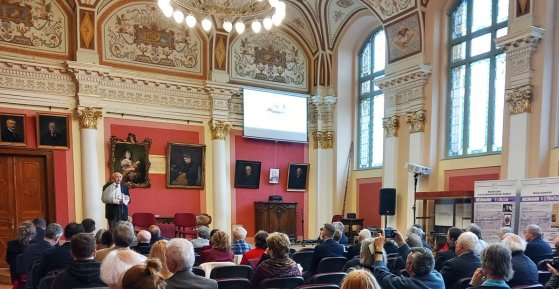
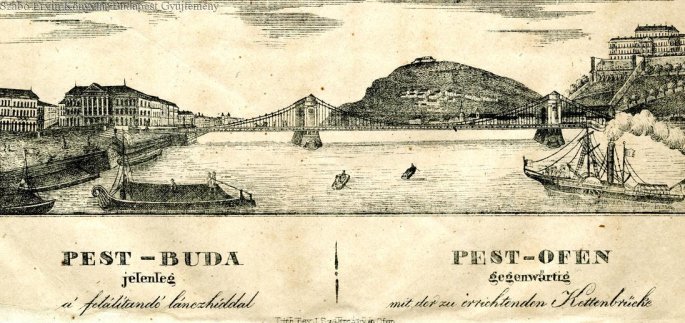

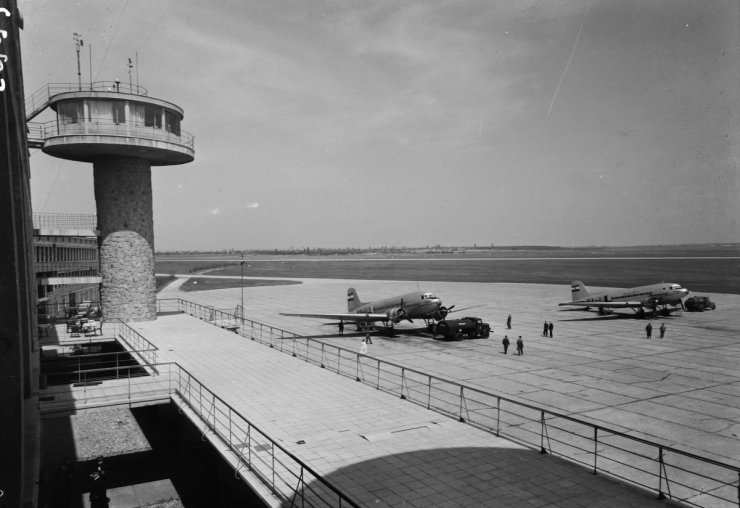
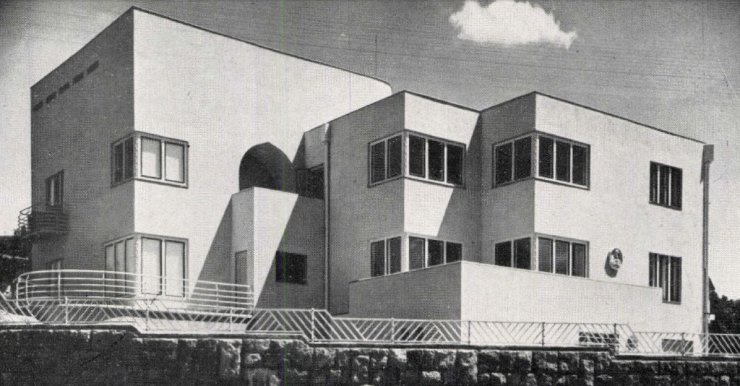

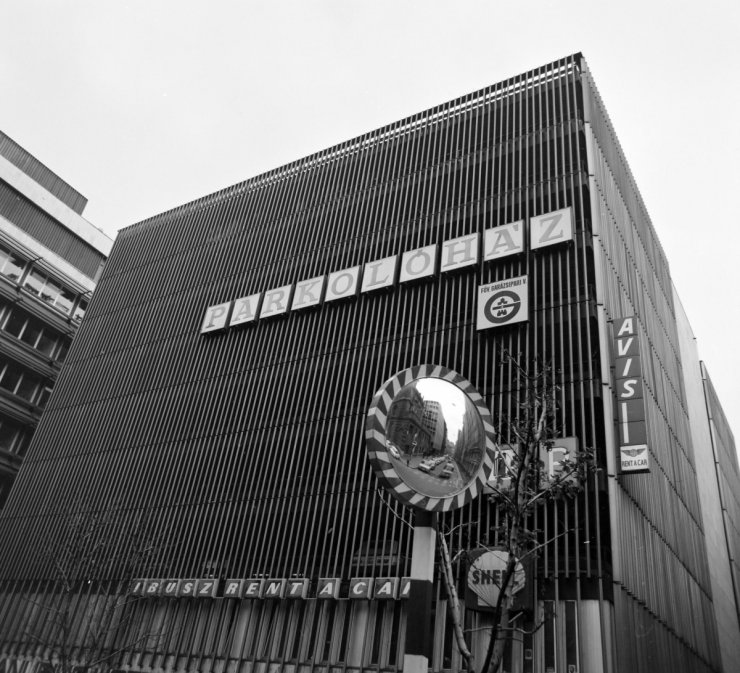
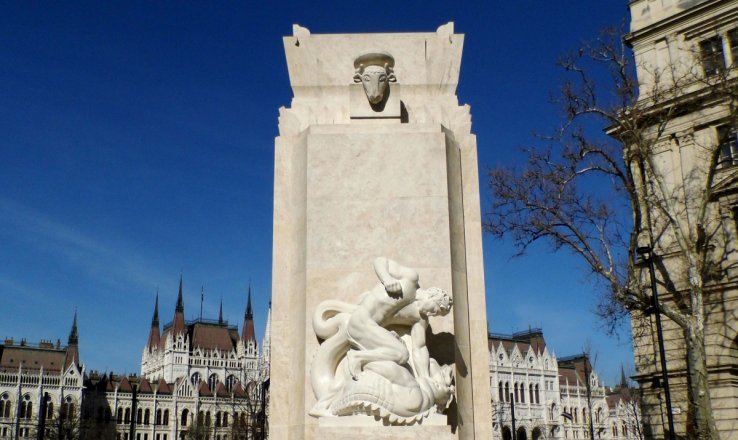
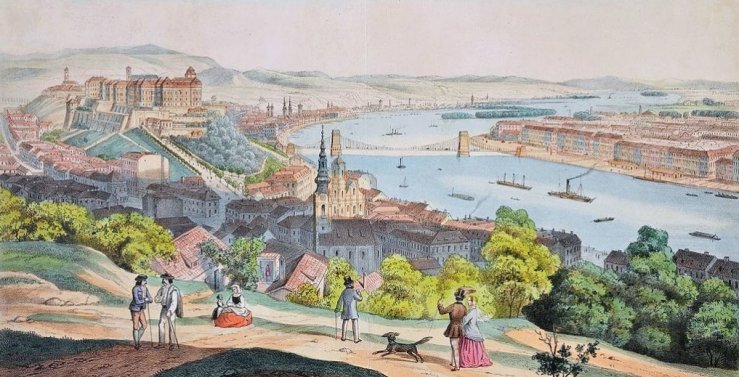
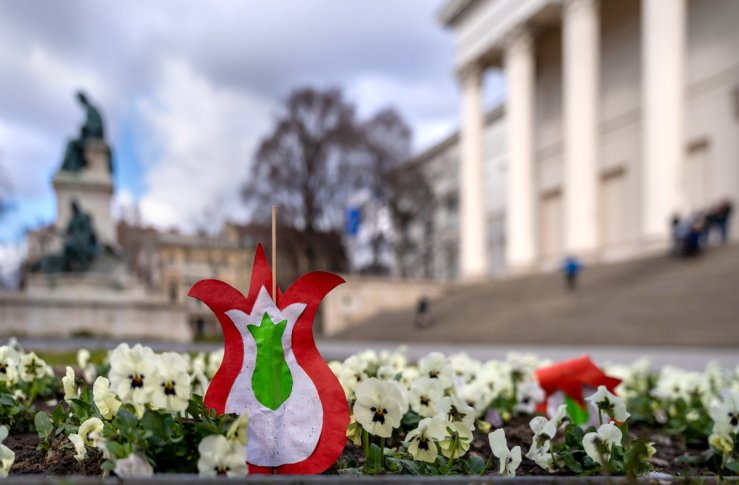
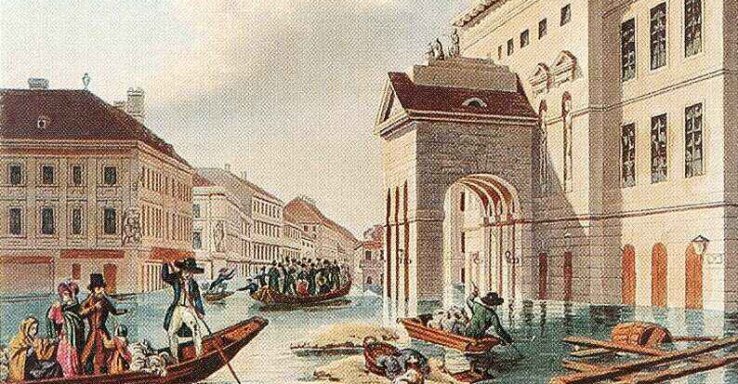
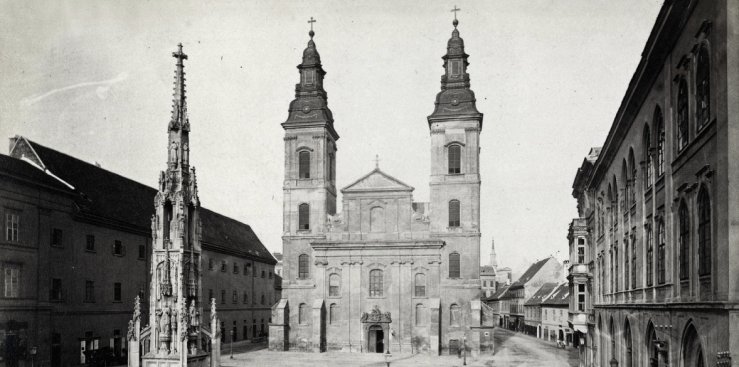
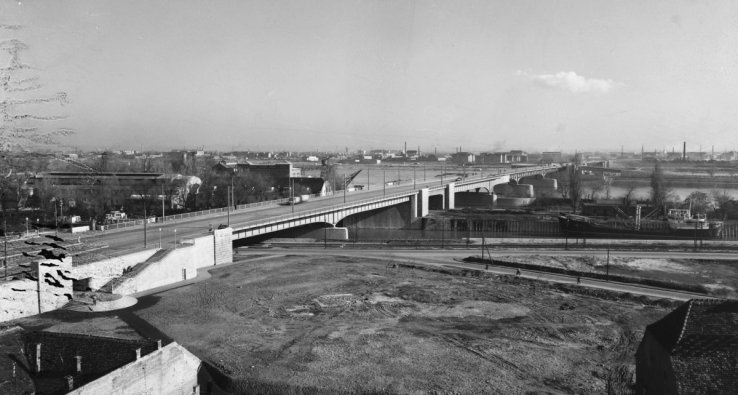
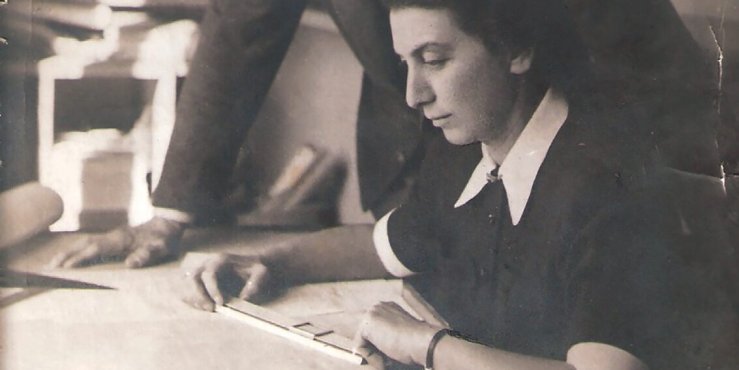
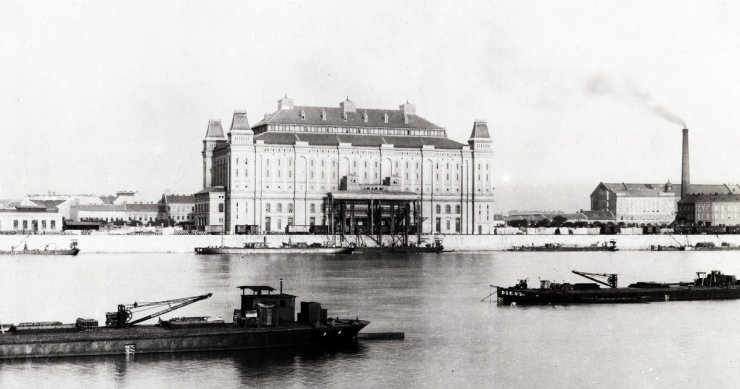
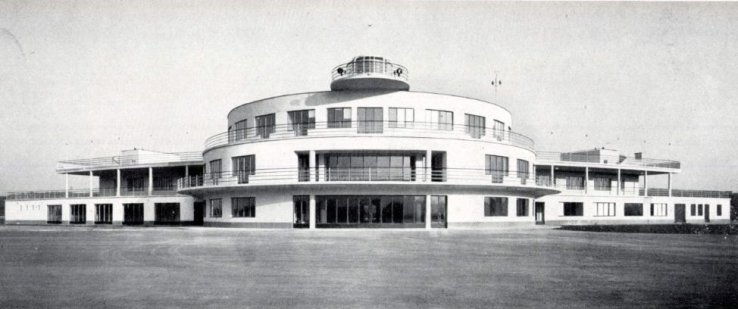
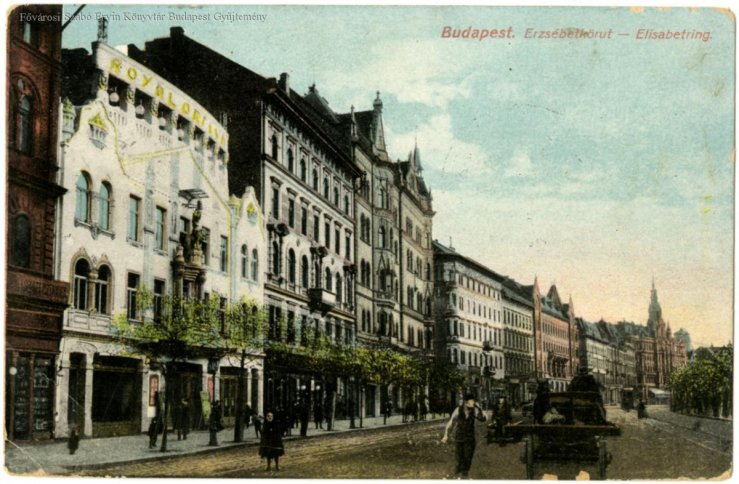
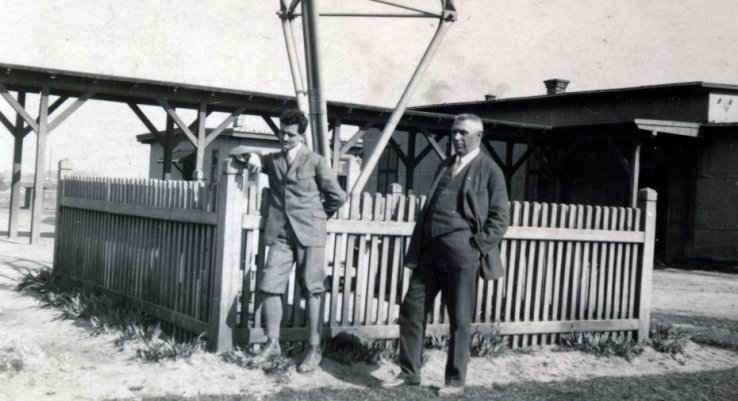
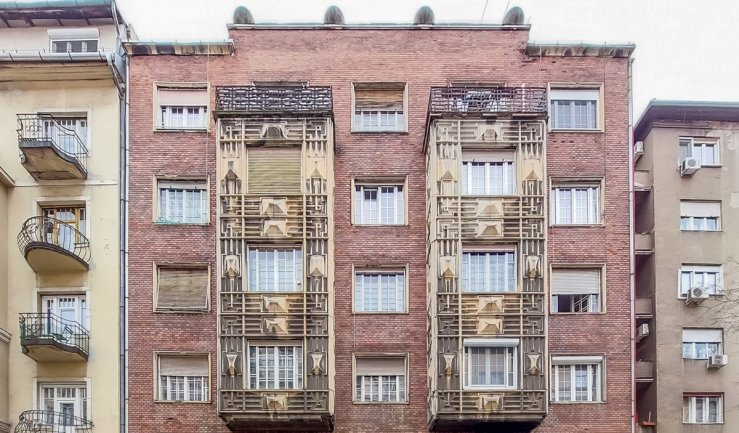

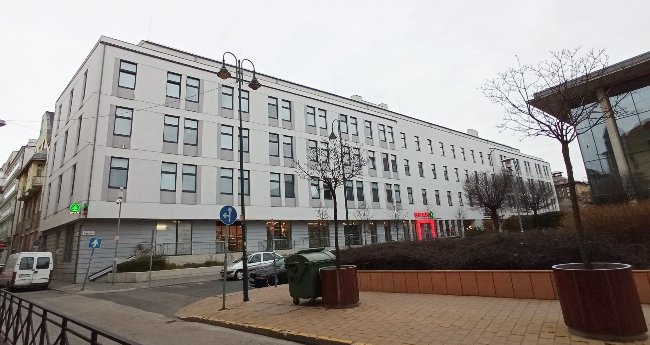
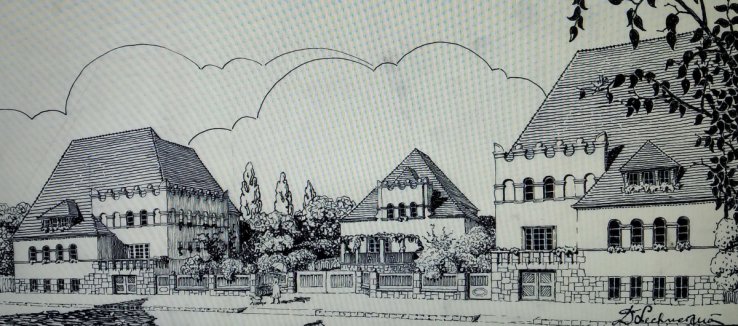
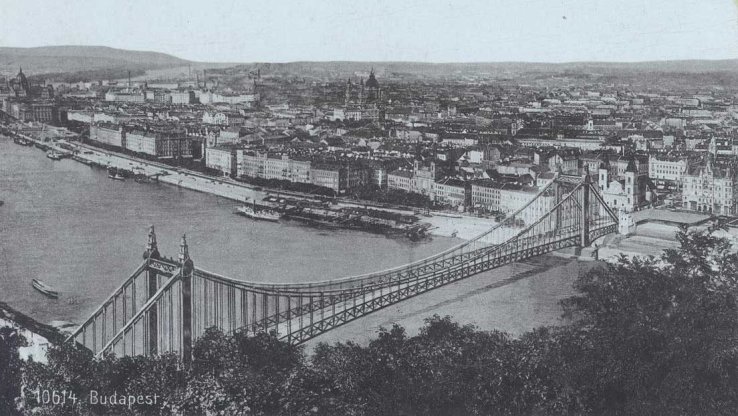
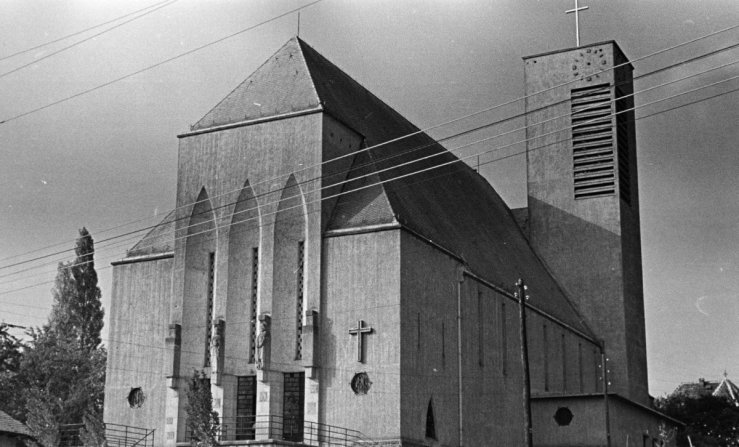


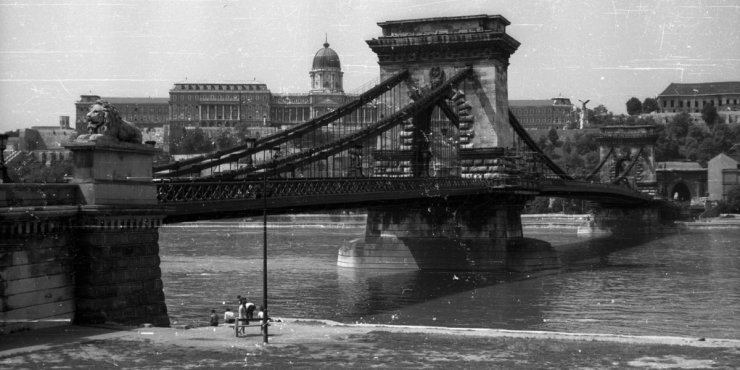
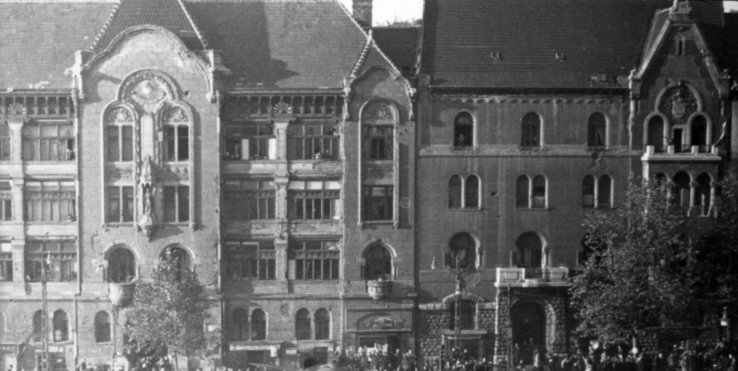
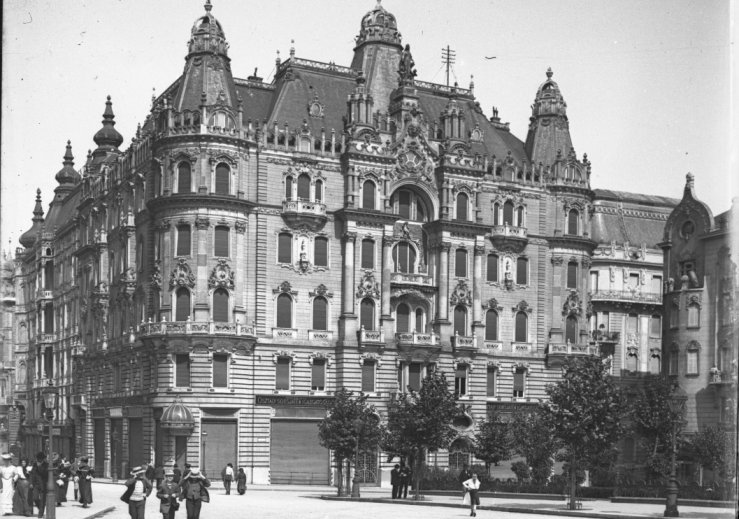
Hozzászólások
Log in or register to comment!
Login Registration